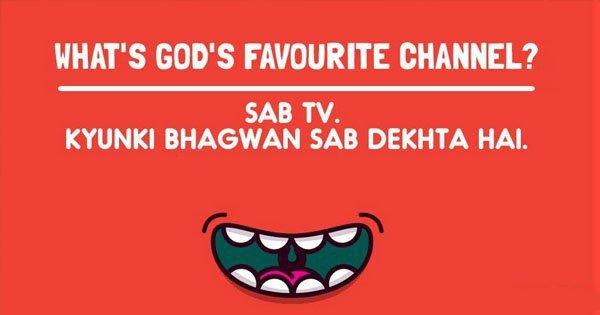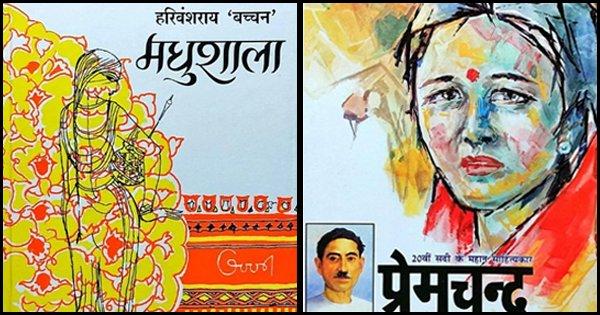How easy or difficult is it to learn a new language? Some say German is pretty complicated because the grammar is complicated. Some say Japanese isn’t a walk in the park either. In 2001, a Toronto-based linguist named Sonja Lang invented a human language called ‘Toki Pona’, which she calls ‘The language of good’, and it has just 123 words made up of 14 letters. Very few of those words have more than three syllables. And according to Lang it should take about 30 hours for an average person to speak the language fluently.
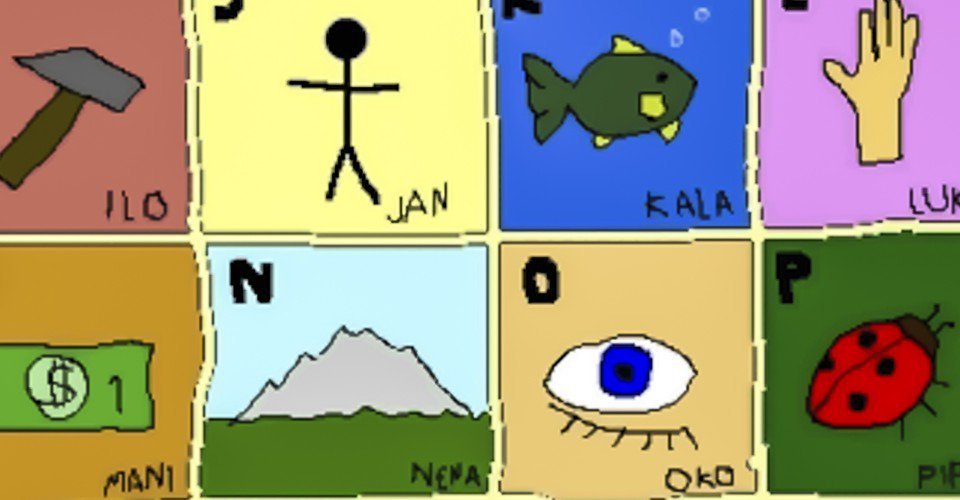
The idea behind the language is, well… simple. ‘Toki Pona’ is based on the notion that people should be able to express themselves without complicating things.
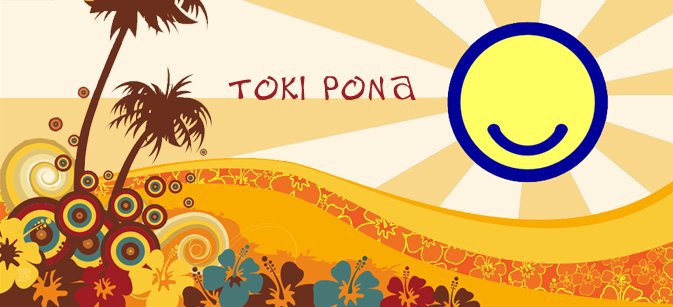
The traditional Chinese word for computer actually means ‘electric brain’. Compass in Icelandic is a literal translation of ‘direction shower’. The Lakhota people’s word for horse translates to ‘dog of wonder’. Point is, language is often derived from simplistic metaphors.
Psychologist Julian Jaynes points out –
The common reply to the question ‘What is it?’ is, when the reply is difficult or the experience unique, ‘Well, it is like…’
And that is how Toki Pona works. Along with creator Sonja Lang, there are about a hundred people in the world who speak it fluently and most of them insist that this simplistic way of expressing a thought is the most convenient way of speaking to people with who you do not share any other common language. It’s all about economy of form and reducing thoughts and ideas to their most basic form of explanation.
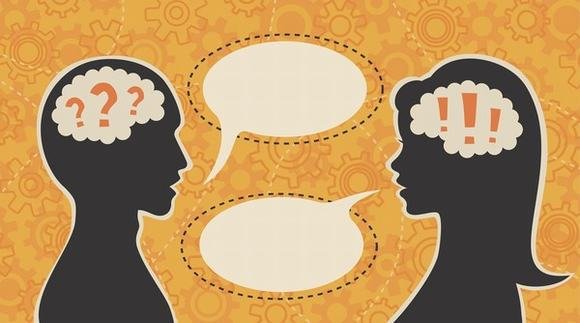
As with most things in Toki Pona, the answer to the question ‘What is it?’ is relative. Like, how do you describe a car? By Toki Pona logic, usually a car is ‘a space that’s used for movement’, so they call it tomo tawa. But if you get struck by a car, then it’s ‘a hard object hitting you’, which would be kiwen utala. See how it works?
Lang says –
We wear many hats in life. One moment I might be a sister, the next moment a worker, or a writer. Things change and we have to adapt.
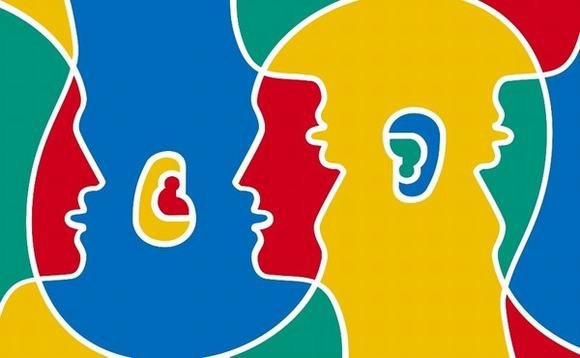
Colours in Toki Pona
Colours are a good example to explain the language. Toki Pona has five basic colour palettes – red is loje, blue is laso, yellow is jelo, black is pimeja and white is walo. Using the metaphor logic here, pink is loje walo and green is laso jelo.
How Toki Pona describes numbers
If it’s not obvious by now, Lang wanted to keep things minimal. It’s the same with numbers. Initially the language only had words for one (wan), two (tu) and several (mute). Other speakers later added words for five (luka, which is also the word for hand or arm) and ten (mute). Lang adds –
There are some mathematician-like people who insist that they want to be able to say 7,422.7. I say ‘That’s not exactly the point.’
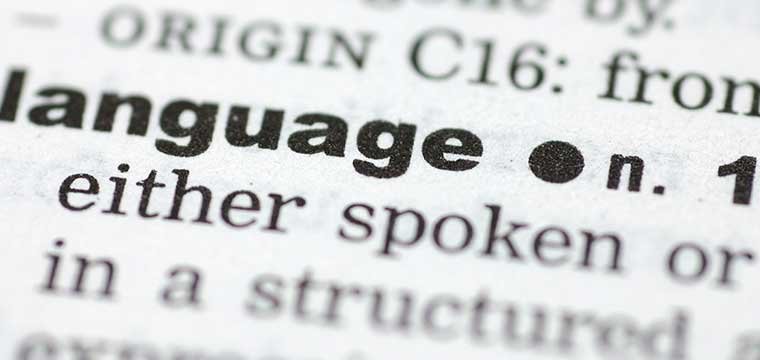
Division in Toki Pona speakers
Within the Toki Pona speaking community, there are two lines of thinking when it comes to talking about the complexities of modern technology and gadgets. By and large, the community tries to add the word ilo (tool) to describe any modern technology and then augment it within the context of speaking. However, since the inception of the language is rooted in the idea of primitive ways of describing your environment, there’s a group that believes Toki Pona should not concern itself with being able to talk about modern technology, while the rest agree that anything that can be simplified should have space for getting expressed by the Toki Pona community.
To put things into perspective when we’re talking about how small a language Toki Pona is, Mandarin Chinese has over 100,000 characters. Koko, the Gorilla, can communicate using over 1000 words in American Sign Language. Toki Pona has 123 words.
To learn more about Toki Pona, read this Guardian article, and also check out the official site of the language.






